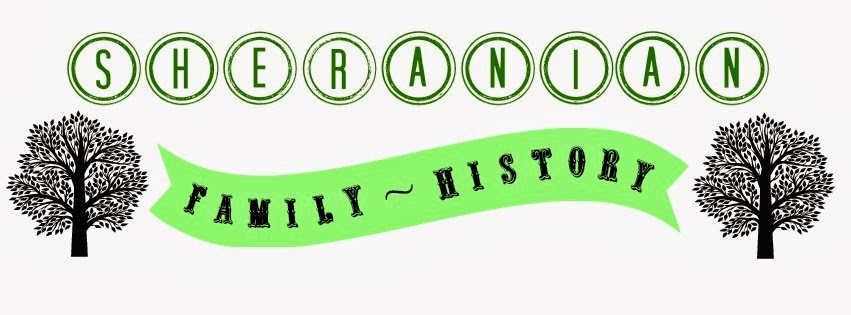I found out something new about my great-great grandfather, Nishan Krikor Sherinian. I knew that he was married to Rebecca and emigrated to the United States with her. But I had no idea that after he died, he married a DIFFERENT Rebecca in France of all places! And this is during the time that he was translating the Book of Mormon, Doctrine and Covenants and Pearl of Great Price for the Church.
Marriages:
Spouse 1- Rebecca Nigogos Sherinian
Marriage: 23 Nov 1886 Zara, Sivas, Turkey
Sealing to Spouse: 25 Nov 1903 SLAKE
Spouse 2- Rebecca Taras Arabian
Marriage: 14 Sep 1929 Marseilles, Bouches-Du-Rhone, France
Sealing to Spouse: 21 Feb 1930 SLAKE
Book of Mormon, D&C, Pearl of Great Price Translations into Armenian:
(You can find these listings at book.google.com--type in the name Nishan Krikor Sherinian).
Title: Vartabedwovtivn yev wovkhdyer ar Hiswovs Khrisdosi Verzin-Avwovr Srpwotz Yegyeghyetzvwohn Author: Nishan Krikor Sherinian Type: Book, Armenian Publisher: Los Angeles, Hwovh H. Botchajyean, 1941. Available at: Brigham Young University, Yale University, Princeton University Notes: Doctrine and Covenants Translated into Armenian
Title: Myedzakin Markarid Author: Nishan Krikor Sherinian Type: Book, Armenian Publisher: Los Angeles, Hwovh H. Botchajyean, 1941. Available: Brigham Young University, Yale University, Princeton University Notes: Pearl of Great Price Translated into Armenian
Title: Mormoni Grkhin; Mez grkheroun anounnern ou kargr
Author: Nishan Krikor Sherinian Type: Book, Armenian Publisher: Los Angeles, Nishan K. Sherinian, 1937 Notes: Book of Mormon Translated into Armenian Available: BYU Libray, U of U, Weber State, Huntington Library Art & Botanical Garden, Glendale Public Library, UCLA Library, USC Library, UC Berkeley Library, Southern Illinois University at Edwardsville, Library of Congress, Princeton University, Yale University.
These are some of the results on books.google.com. Nishan Krikor is mentioned in some of the books/newspapers listed:
-Young Woman's Journal: Organ of the Young Ladies' Mutual Improvement Associations
By Young Ladies' Mutual Improvement Association, Salt Lake City, Young Ladies' Mutual Improvement Associations of Zion
Published by The Young Ladies' Mutual Improvement Associations of Zion, 1901
Item notes: v. 12 (1901)
Original from the New York Public Library
Digitized Jun 16, 2008
(Nishan K. Sherinian mentioned on p51).
-The Latter-Day Saints Millennial Star
Published by P. Pratt, 1841
Item notes: v.62 (1900)
Original from Harvard University
Digitized Sep 24, 2008
(Nishan K. Sherinian mentioned on p 235 in 1841).
-Beehive History By Utah State Historical Society Published by Utah State Historical Society., 1997 Original from the University of Virginia Digitized Jan 10, 2008 (Nishan K. Sherinian mentioned on p10).





